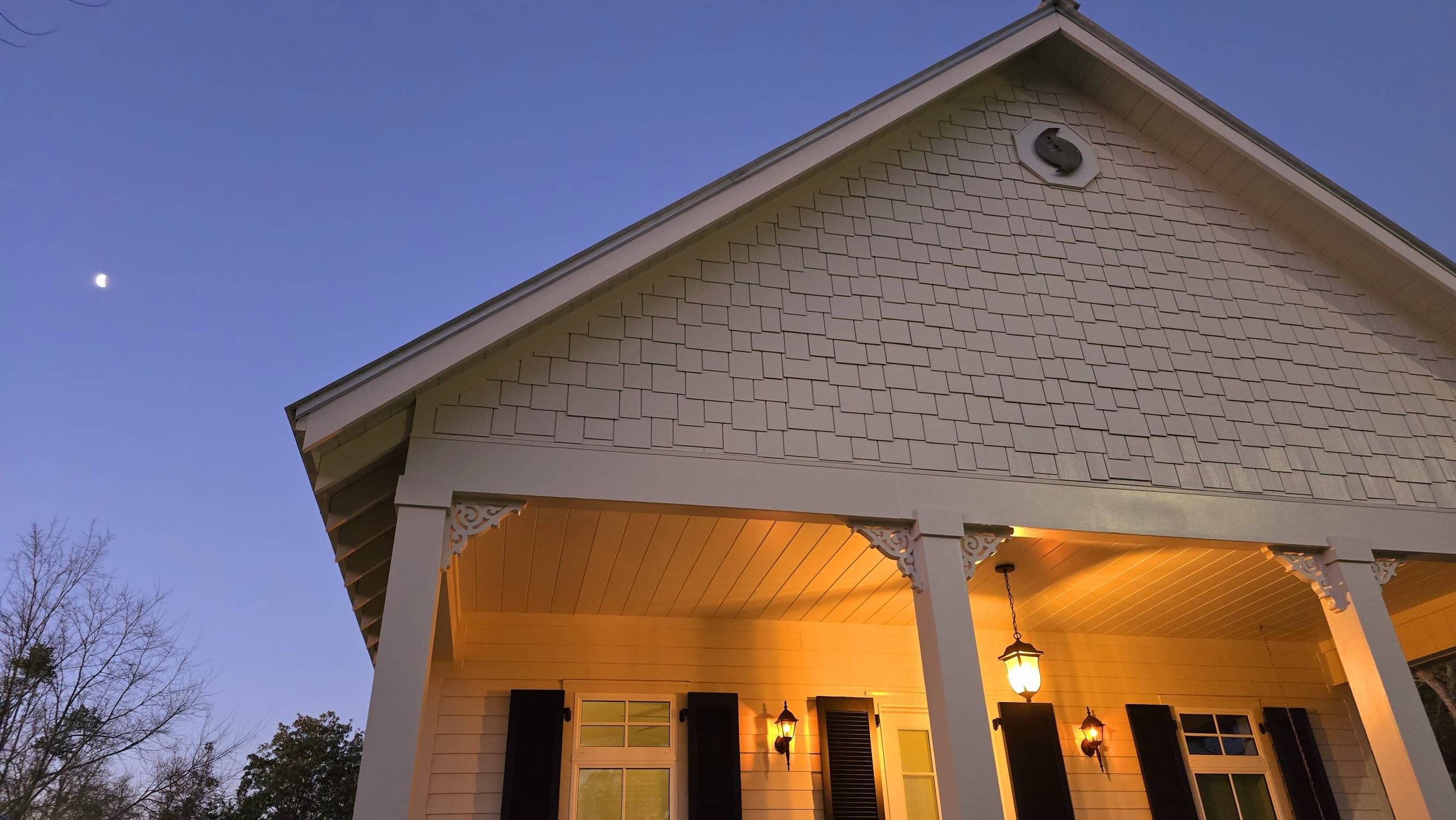Hardie® Siding: Using the New to Save the Old
Storm chaser Josh Morgerman shares his experience building a home in historic Bay St. Louis—helping preserve the local architectural heritage using materials that can withstand the yearly onslaught of hurricanes and other extreme weather.
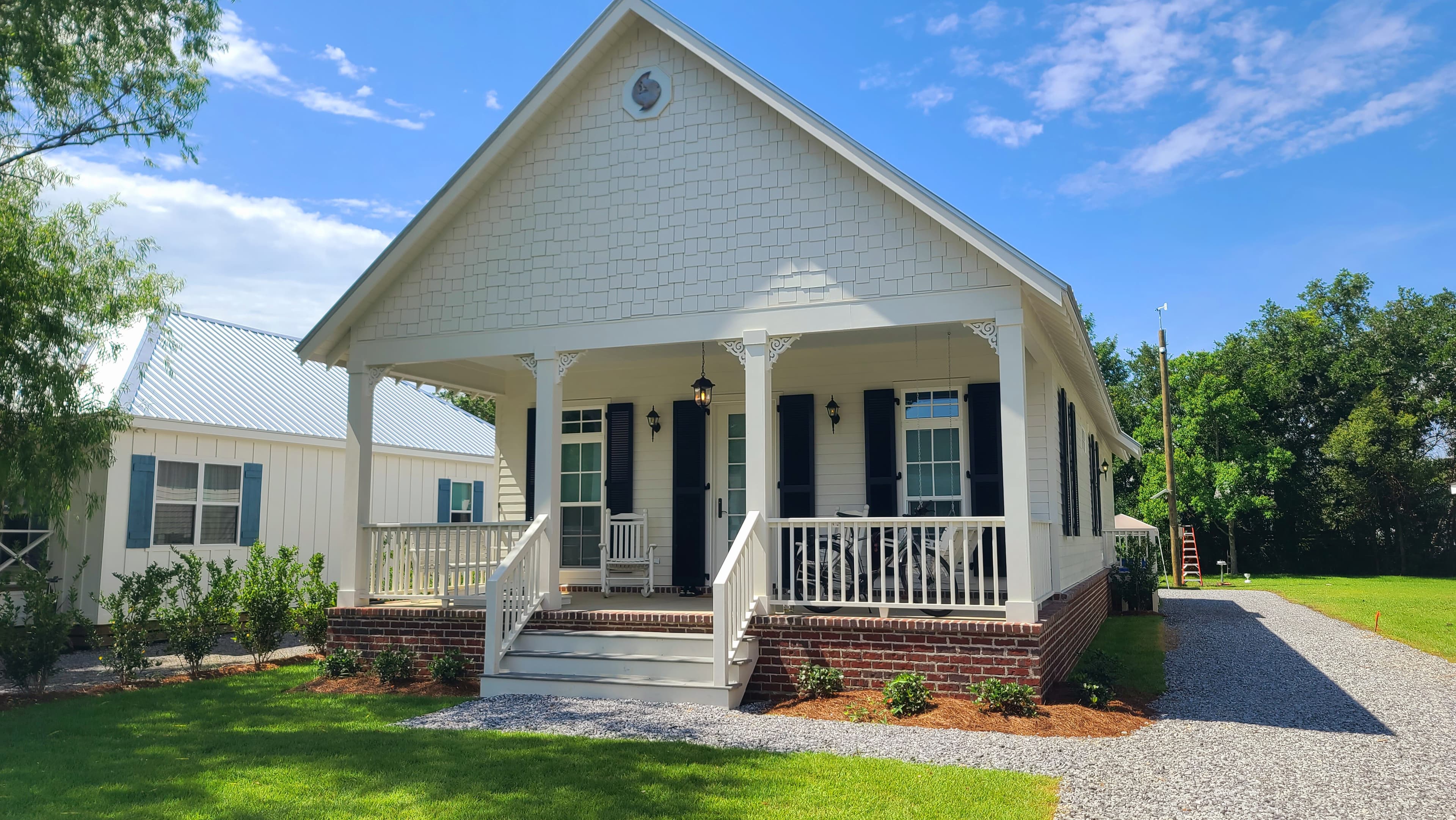
I’m a sucker for anything old. I’ve always been this way.
As a teenager, I would sit in my room for hours looking at old photos of my town. At Harvard, I studied history because my greatest joy was going back in time. I collect first-edition books. I’m a staunch preservationist. I see the big old live oaks in my neighborhood as sacred—not to be touched.
So, when I was ready to buy a home in the Historical District of Bay Saint Louis, Mississippi, you can imagine what I was looking for: a fine old specimen. A century-old slice of history that I could love and restore.
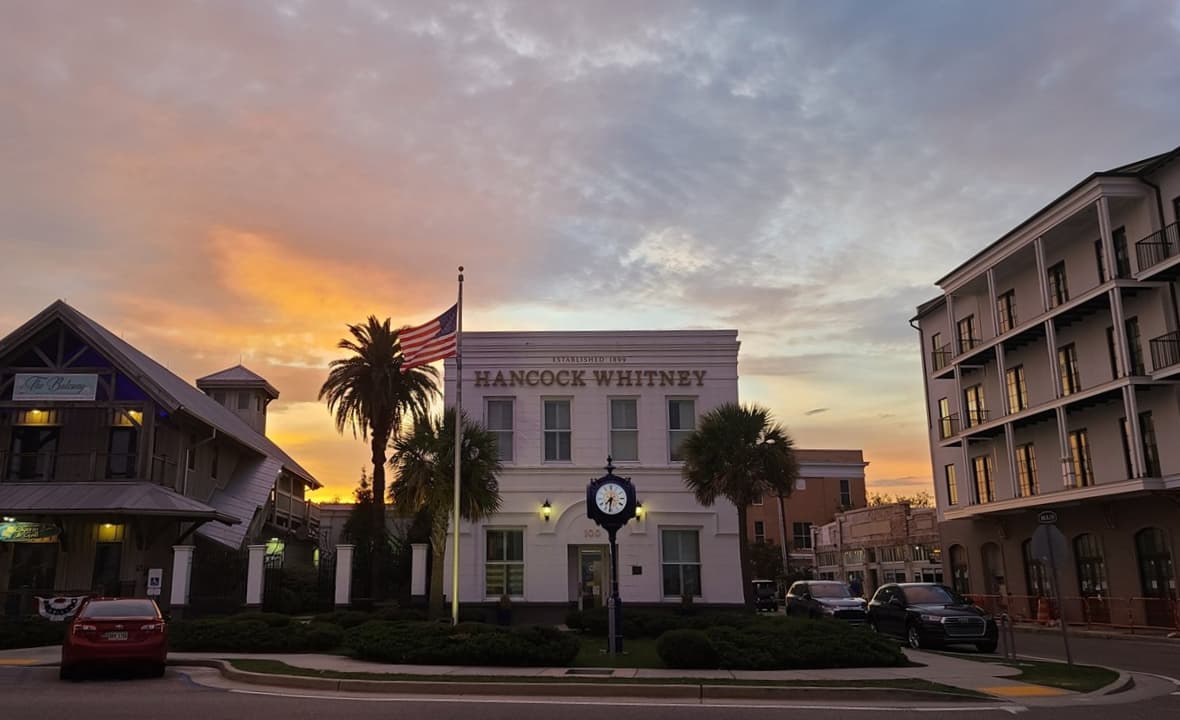
Well, it wasn’t meant to be—because there aren’t many of these prizes, and other folks want them, too.
Finally, my realtor gave me a big reality check: “Honey, you’re just gonna need to build a home.” That’s right—instead of acquiring history, I would need to create my own.
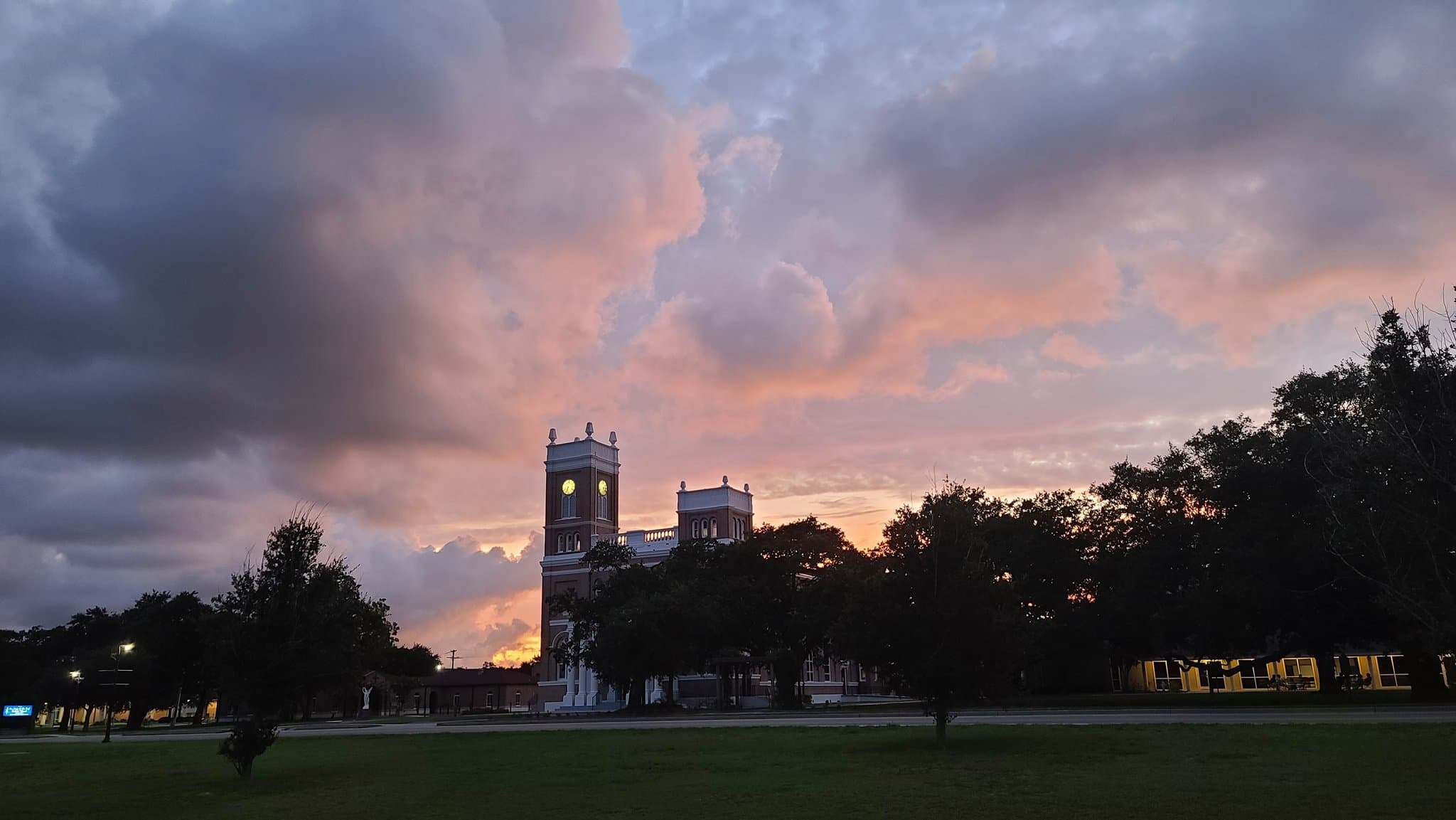
Carrying Tradition
And so, I got to work.
My town—a peninsula of old cottages and mansions right on the Gulf of Mexico—snuggles up next to New Orleans and echoes that city’s architectural vernacular. So, I set about celebrating that vernacular, working closely with a local draftswoman to design a traditional “shotgun” house—a narrow, deep cottage with strong vertical thrust, very tall windows, and an ornate front porch. It’s a specific look, and I wanted it.
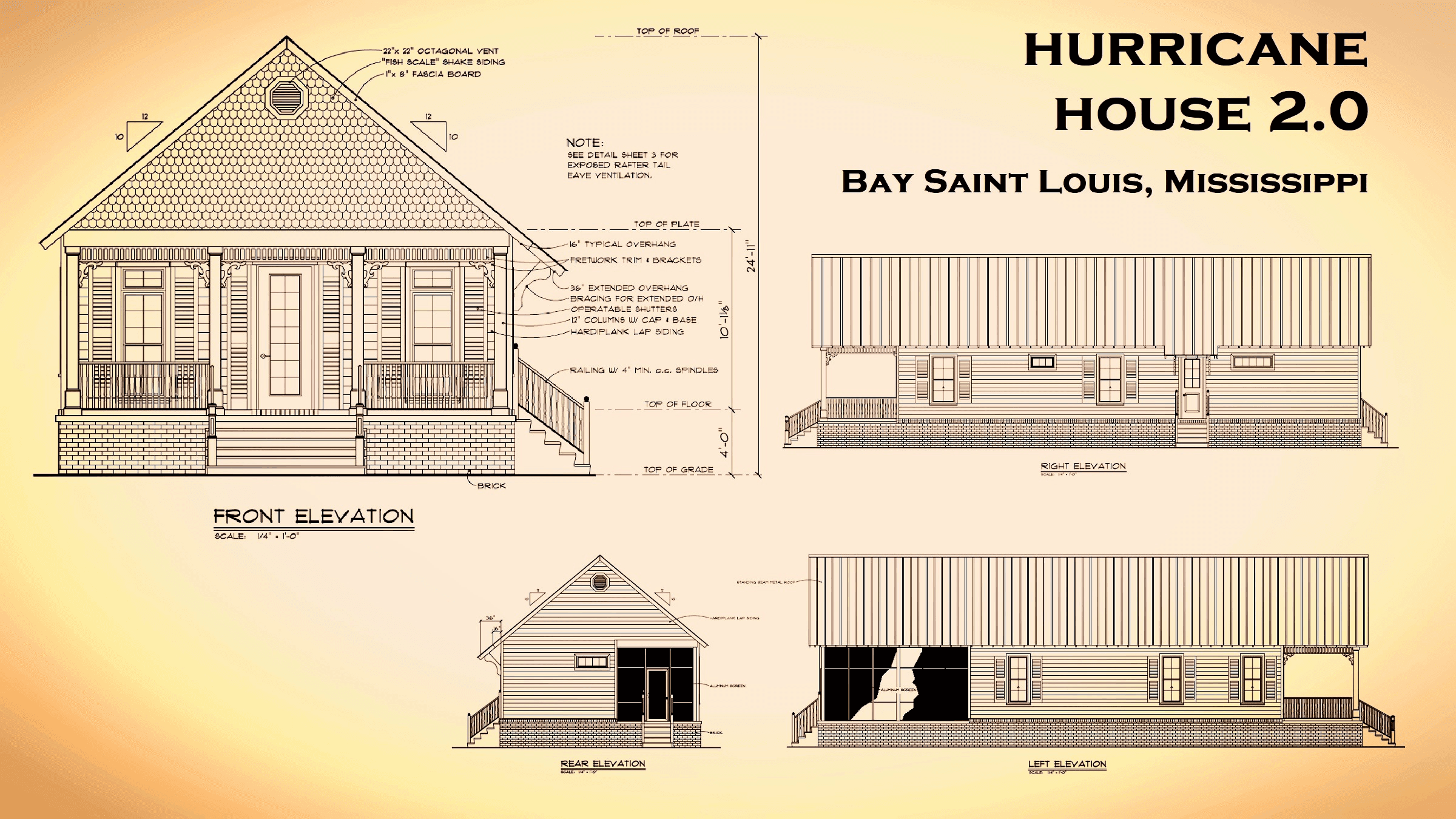
And when it came to materials, my traditionalist instincts burned bright. I told my builder, Bo Ladner of Paramount Contracting, that we would use actual cedar lap siding—and I made it clear I would not compromise on this.
Fortunately, Bo is a persuasive fellow. And he gently talked me down from this crazy idea.
The Problem with Wood
Why is it crazy? Because not all traditions make sense.
For example, wood siding in an historical district in the Deep South doesn’t make sense. Not if you want it to last.
The hard truth? Places like Coastal Mississippi are tough scenes for wood siding. First off, there are the hurricanes that bring destructive winds. Then there’s the everyday assault—the combo of extreme heat, humidity, mold, and rot. Oh, and there’s the termites—predatory, homewrecking bugs that get especially nasty down here.
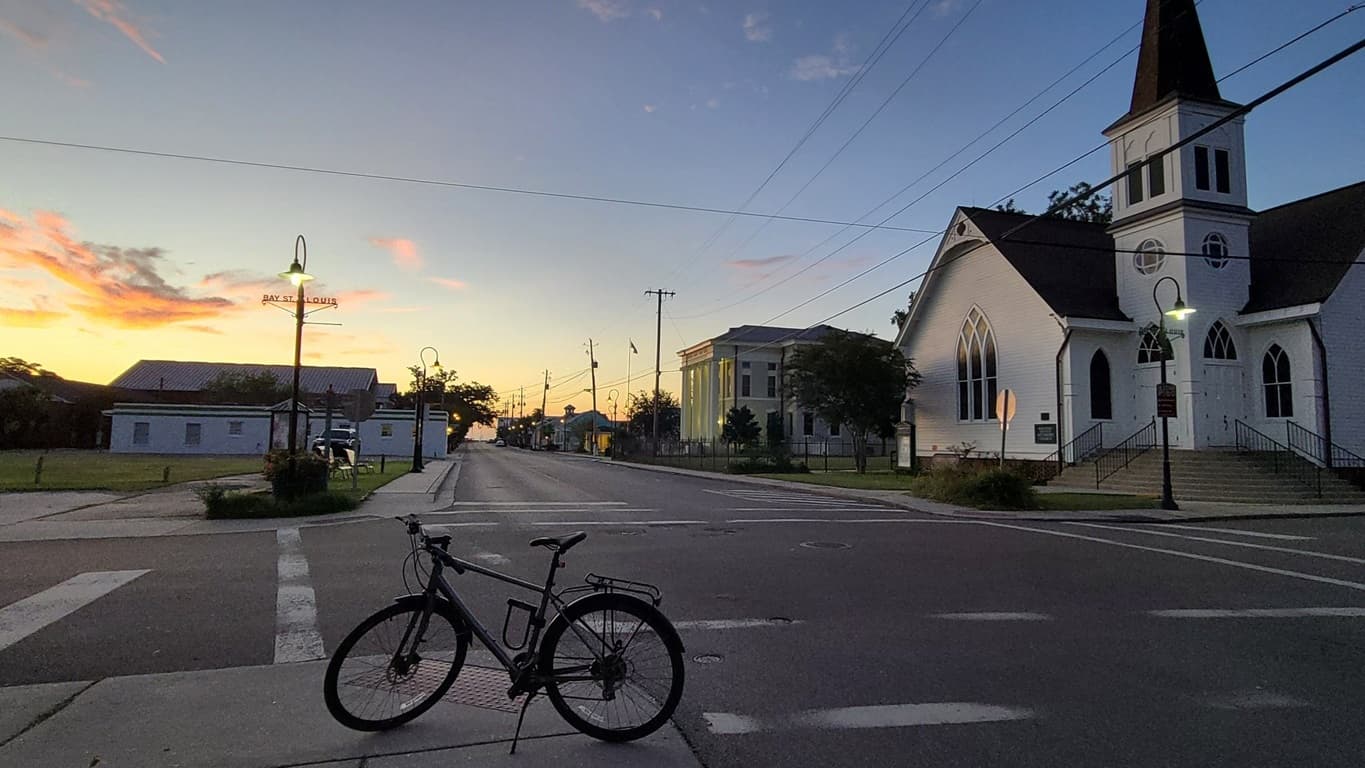
These aren’t theoretical threats—they’re real. In old towns like Bay Saint Louis, you see the scars everywhere—gorgeous old historical treasures literally decaying before our very eyes. It’s heartbreaking.
So, I resolved to build my home to last—so that long after I’m gone, it’ll become an historical specimen in its own right.
The Answer to Wood
And that meant going with Hardie® fiber cement siding.
Fiber cement kind of amazes me—and James Hardie’s special formulation is the best because they’ve customized and perfected it for different climates. It resists high winds and the impact of flying debris—forming a coat of armor that helps protect my home from the ferocious hurricanes we get here. It’s moisture resistant. It doesn’t mold or rot. Termites hate it! And, another thing—which my Californian friends are really into: It doesn’t even burn.
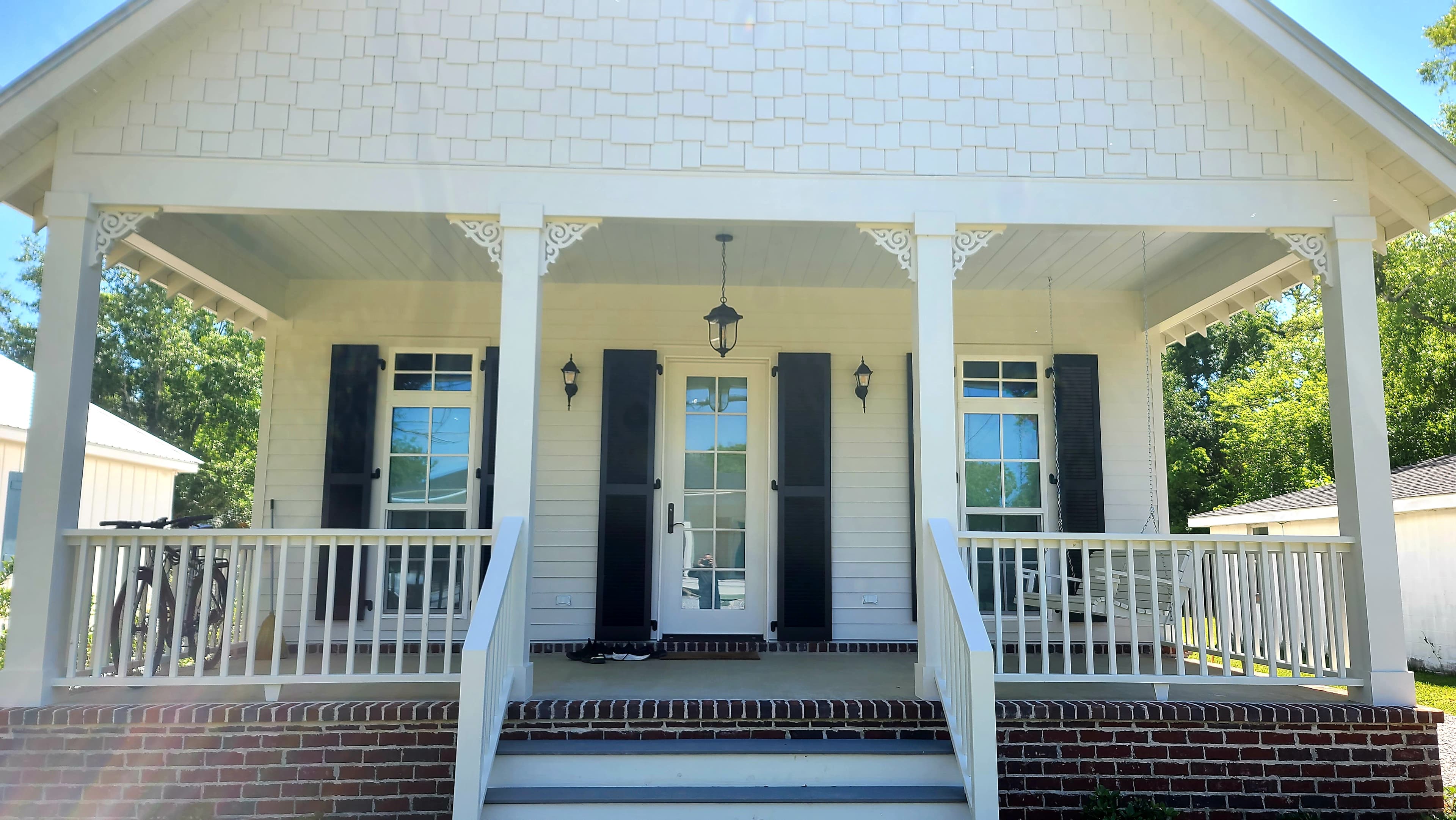
Now, I’ll admit, the term “fiber cement” doesn’t exactly have a poetic ring to it. It doesn’t evoke a feeling of history or aesthetics.
But it is aesthetic, because James Hardie produces this awesome material in any shape and style you can imagine—from old-school to ultra-modern. In fact, they had every style I needed to celebrate and carry on the historical traditions of my hometown. That’s why my town’s strict Historical Commission not only allowed me to use Hardie® siding but encouraged it.
Let me show you.
My Recipe for Celebrating Tradition
I sided most of my house with a traditional Hardie® Plank Lap Siding. It comes in different widths and textures, so there’s lots of choice. I went with the narrower 6-inch planks to match the older houses around here, and I went with the Select Cedarmill® texture that looks and feels like wood. But for trim I went with smooth Hardie® Trim Boards—just to give it a clean finish and avoid competing textures.
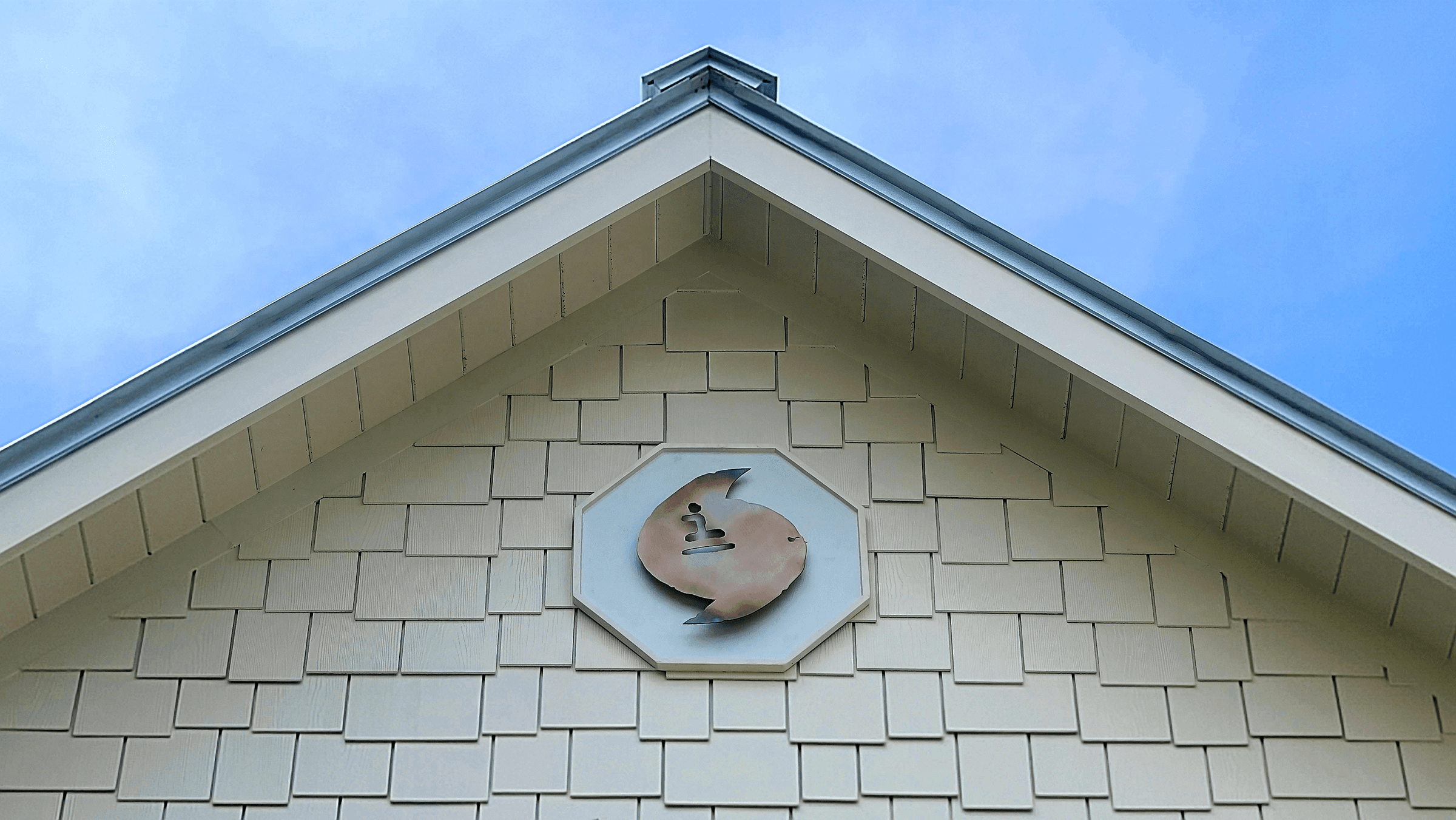
That said, old homes down here celebrate the ornate. Even when the house is simple and symmetrical—like mine—complex visual patterns are included “just because.” So, for my gables I switched things up and used Hardie® Staggered-Edge Shingles. I love the visual richness they add.
But I’m most excited about my front porch. It’s the most important room of a home down here, so I designed mine with great care. And I created it almost entirely with Hardie® products. The ceiling is Hardie® Soffit Panels and the columns are made of Hardie® Trim Boards.
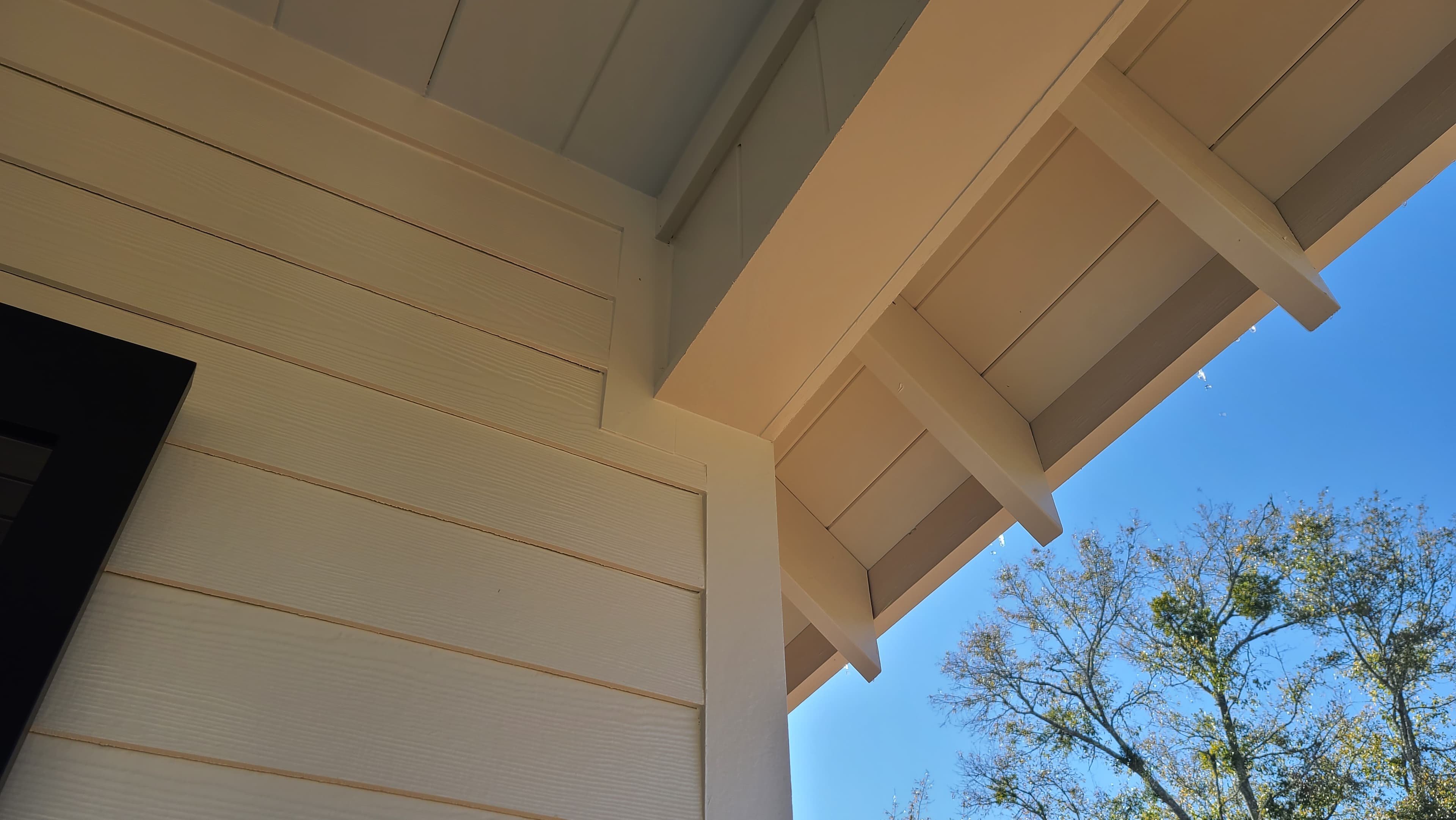
Whatever I needed to get the traditional feel I wanted, James Hardie had it.
Growing Trend
Newcomers to Bay Saint Louis can’t tell if my house is new or a beautifully restored historical specimen—not just because of the design, but because Hardie® siding looks exactly like wood. That’s how I wanted it.
And you know what? As I walk the quiet streets of Old Town, I often can’t tell the difference with other homes. Many hundred-year-old houses have been resided with Hardie® products, and they blend right into the historical fabric. The only difference? The homes sided with James Hardie will endure. Like me, these owners are dedicated to preserving the traditions down here, and they know the best way to do that is to build stuff to last—to protect their old homes with James Hardie’s special, climate-resistant siding.
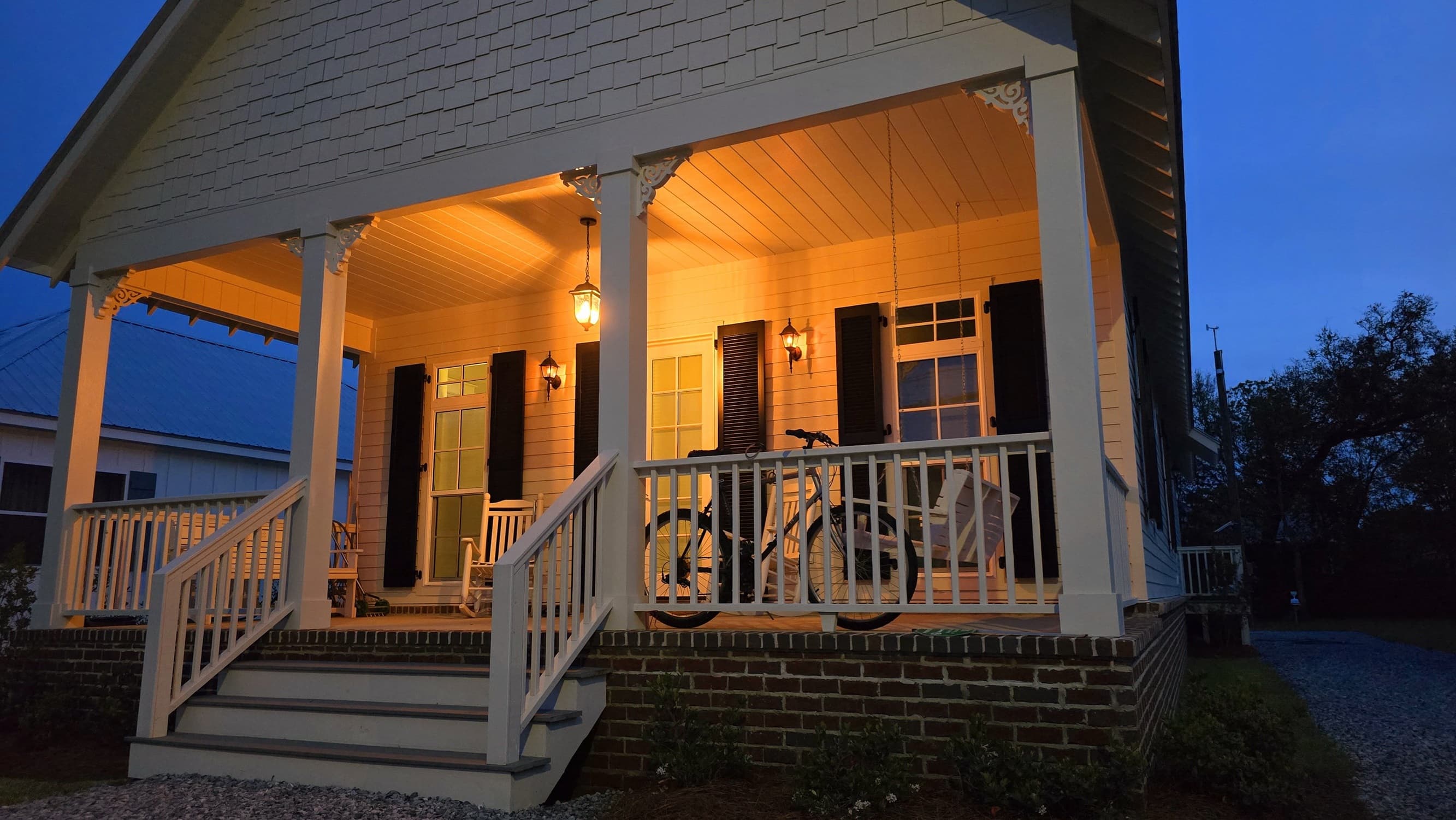
I’m lucky that my town’s Historical Commission is so forward-looking about this. I’m glad they realize that the key to saving the Bay’s architectural and aesthetic heritage is to use materials that can withstand this environment’s abuse.
Fortunately, other preservation-minded cities are catching on. Chicago, New York, Austin, and Baltimore are just a few examples among many. It helps that the National Park Service’s recent Preservation Brief 16 actually endorses the use of “substitute materials” in historical rehabilitation projects so long as they “closely match the visual and physical properties of historic materials”—which Hardie® siding does.
___
At first glance it might seem paradoxical to use the new to save the old—but it isn’t. It just makes sense.
Innovations like Hardie® fiber cement siding enable us to preserve and fortify our historical neighborhoods for decades to come.
